Dental Crown Restoration
What is restoration with dental crowns?
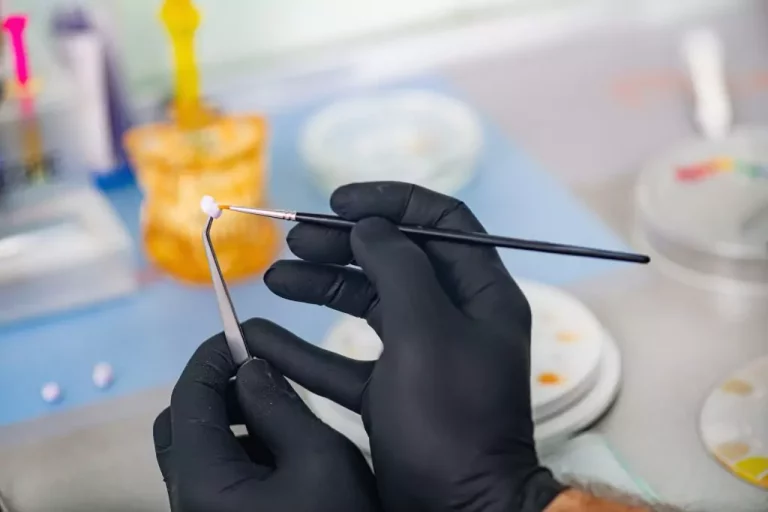
Restoration with dental crowns is a procedure that makes it easy to rehabilitate damaged or worn teeth.
It allows restoring the shape, function, and appearance of the intervened piece.
The dental crown can be manufactured in different materials, depending on the case and the person’s need:
When is a dental crown used to restore a tooth?
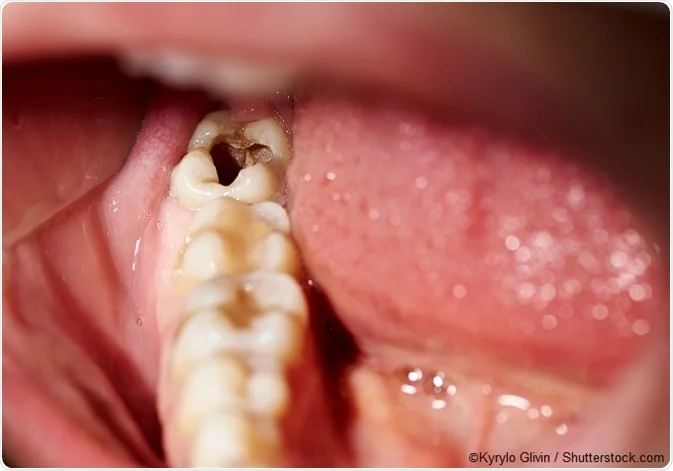
There are different situations in which this option is an adequate therapeutic alternative. The most frequent cause is the deterioration of the dental piece due to caries, a circumstance that weakens the structure of the tooth and causes fractures.
They are also used when the tooth has its structure affected.
The dental crown is an option to improve the aesthetic appearance of the teeth, such as in cases of crooked or stained teeth.
What is the procedure to place a dental crown?
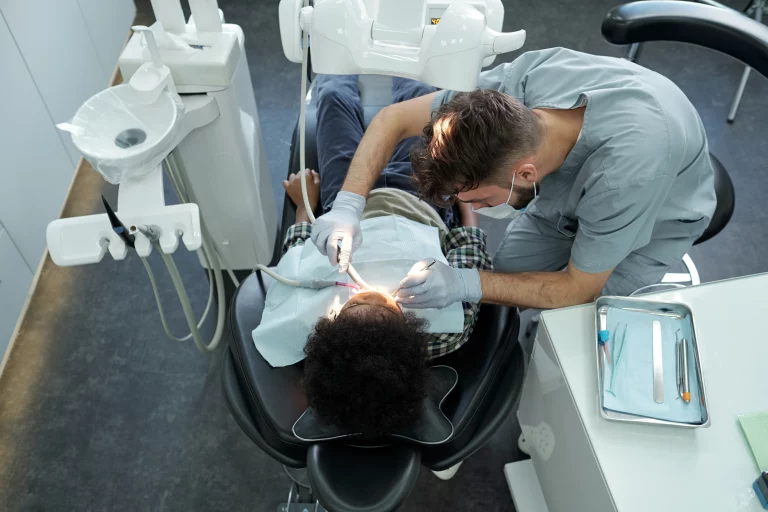
Dental evaluation is usually done, which may include x-rays and clinical examinations to determine the health of the tooth and whether a dental crown is the right option. If it is determined that a crown is necessary, the next step is to prepare the tooth to receive the crown.
This second phase of the procedure includes removing any decay or damage to the tooth surface and shaping the tooth to receive the crown. In some cases, it may be necessary to rebuild the tooth with a filling, before placing the crown.
A dental impression is then taken to create the custom dental crown that fits perfectly.
The fabrication of the dental crown can take several weeks. While it is being made, a temporary crown can be placed to protect the tooth. Subsequently, the final crown is fixed with a dental adhesive.

19 Natural Antibiotics to Ward Off Any Dental Infection
Sign up to receive daily email dentist tips and challenges, as well as our comprehensive Better smile Guidebook.
What material is the crown made of?
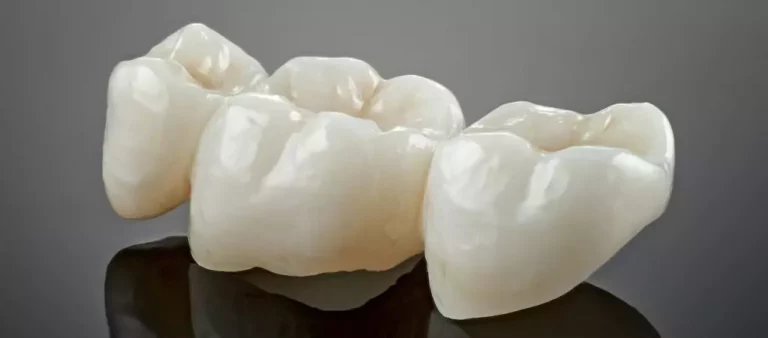
The dental crown can be made of porcelain, metal or ceramic. Each material has its characteristics and the type of dental crown that is applied depends on the individual case and the specific needs of the person.
After placement of the dental crown, it may be necessary to adjust the bite and the shape of the crown to ensure a proper fit and a comfortable bite.
What type of dental crown is the right one?
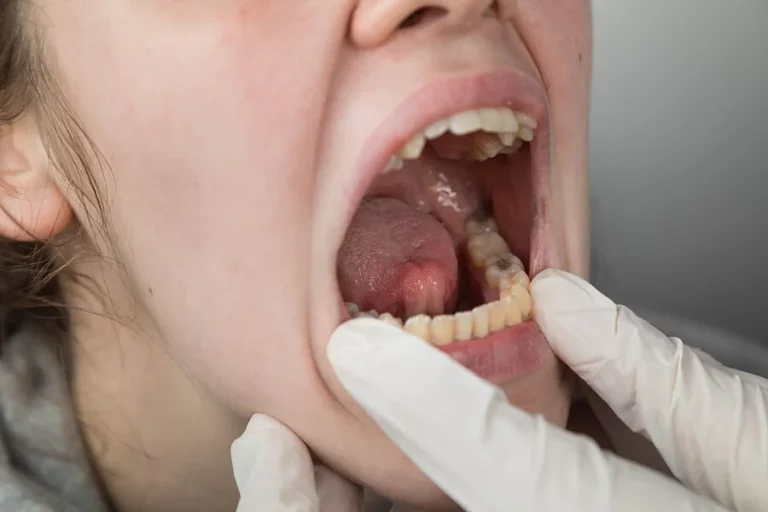
- Porcelain ones are an option for restoring front and anterior teeth, as they can be made to match the color and texture of natural teeth.
- Metals are durable and may be a preferred option for restoring posterior molars.
- Ceramic ones are an option for those looking for a more natural crown option than metal crowns.
What to do when the dental crown falls off or breaks?
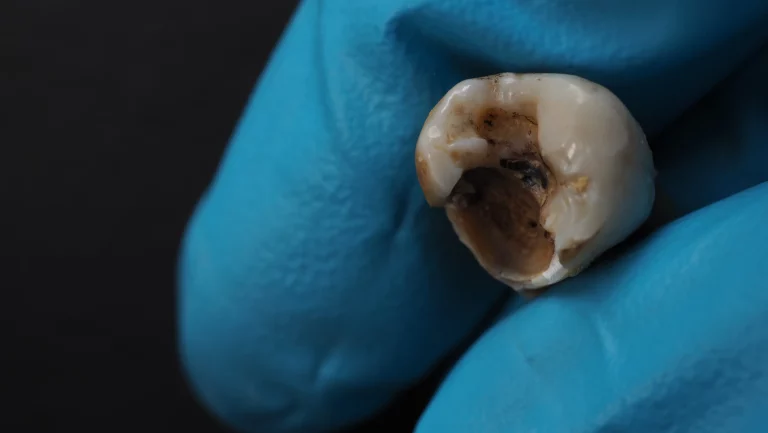
You should go to the dentist as soon as possible to receive the required attention, since the internal part of the tooth is exposed.
If it is not possible to visit the dentist in a short time, regular brushing should be continued, treating sensitive areas very carefully. This prevents bacteria from affecting the gum.
To repair a broken ceramic dental crown, the ceramic must be removed and the repair done in a dental laboratory.
Conclusion
What care does a dental crown require?
Dental crowns are not a permanent solution and may sometimes require repair or replacement in the future. However, with proper care and regular maintenance, a well-placed dental crown can last for many years.
Care of the dental crown after placement includes regular brushing and flossing, as well as regular visits to the dentist to ensure the crown is in good condition.
If a dental crown is being considered, discuss the case with the dentist to determine if it is the appropriate option. In our directory of dental professionals, you will find a wide range of oral health services. Check out this tool and choose the best option.

19 Natural Antibiotics to Ward Off Any Dental Infection
Sign up to receive daily email dentist tips and challenges, as well as our comprehensive Better smile Guidebook.
Our Doctor
Meet Doctor

19 Natural Antibiotics to Ward Off Any Dental Infection
Sign up to receive daily email dentist tips and challenges, as well as our comprehensive Better smile Guidebook.



